Whether you're running a small family farm, a diversified homestead, or managing livestock for a 4-H project, tracking animal pedigree is a game-changer for improving breeding decisions, preserving genetic integrity, and increasing the long-term value of your stock.
In this guide, we'll walk through how to track pedigree across multiple species, the tools that make it easier, and the long-term benefits of keeping accurate breeding records.
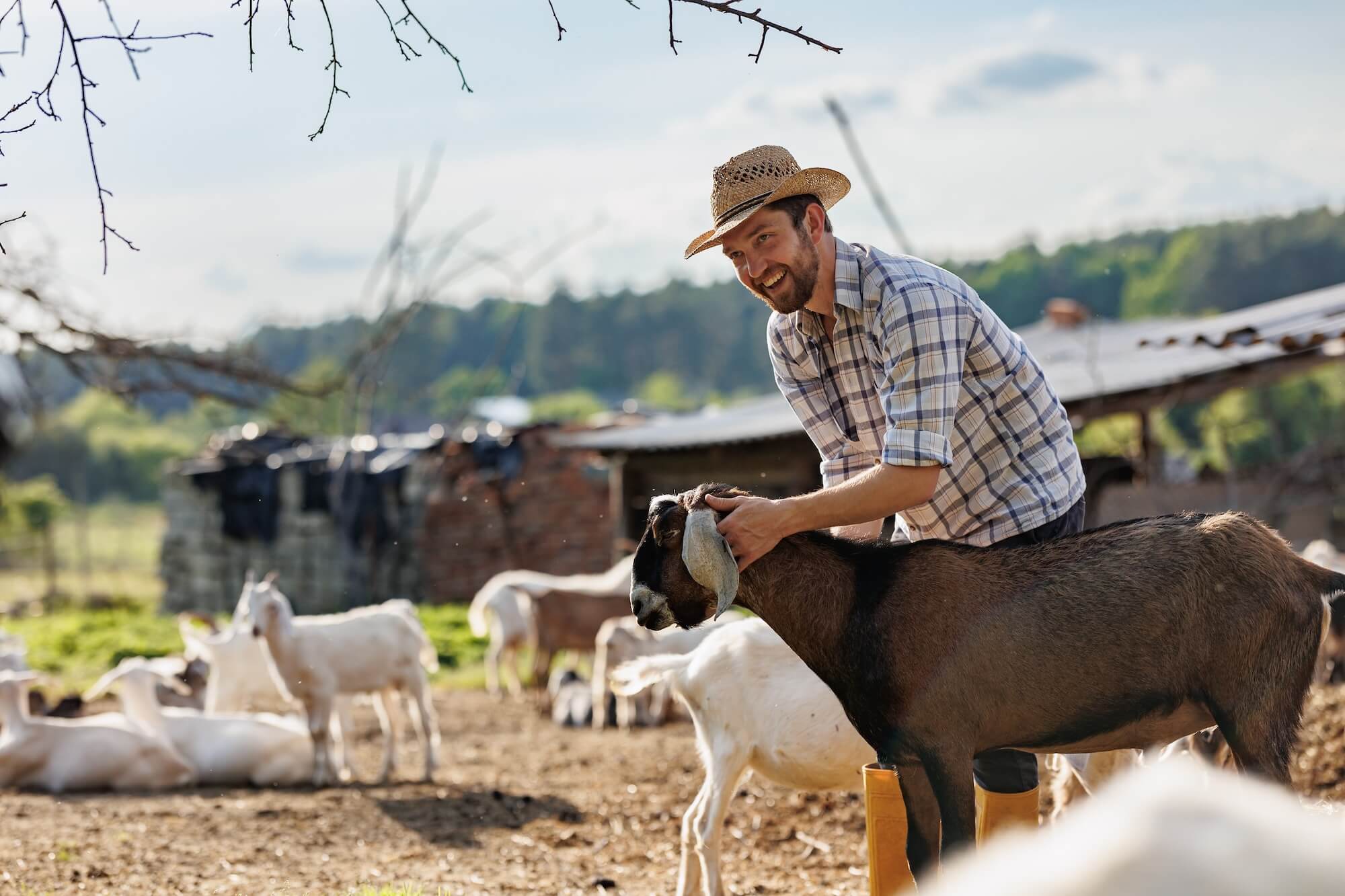
A pedigree is a detailed record of an animal’s lineage—usually going back three to five generations. It outlines the ancestry on both the sire (father) and dam (mother) sides, and often includes known traits, titles, or performance indicators that have been passed down. Understanding an animal's pedigree helps farmers make informed breeding decisions, identify genetic strengths and weaknesses, and document eligibility for breed registries or competitions.
Pedigree records are vital for genetic health. They help avoid inbreeding by identifying related animals and tracking hereditary traits. When it comes to market value, animals with documented lineage and high-performing ancestors often fetch higher prices. Additionally, having access to a detailed family tree allows farmers to monitor and replicate traits like milk production, temperament, or disease resistance. Pedigrees are also often required for participation in livestock shows, breed associations, and 4-H projects.
Most mammalian livestock—including cattle, goats, sheep, pigs, alpacas, and rabbits—can be tracked using the traditional sire/dam family tree model. Each species has its own standards and best practices for maintaining pedigree records.
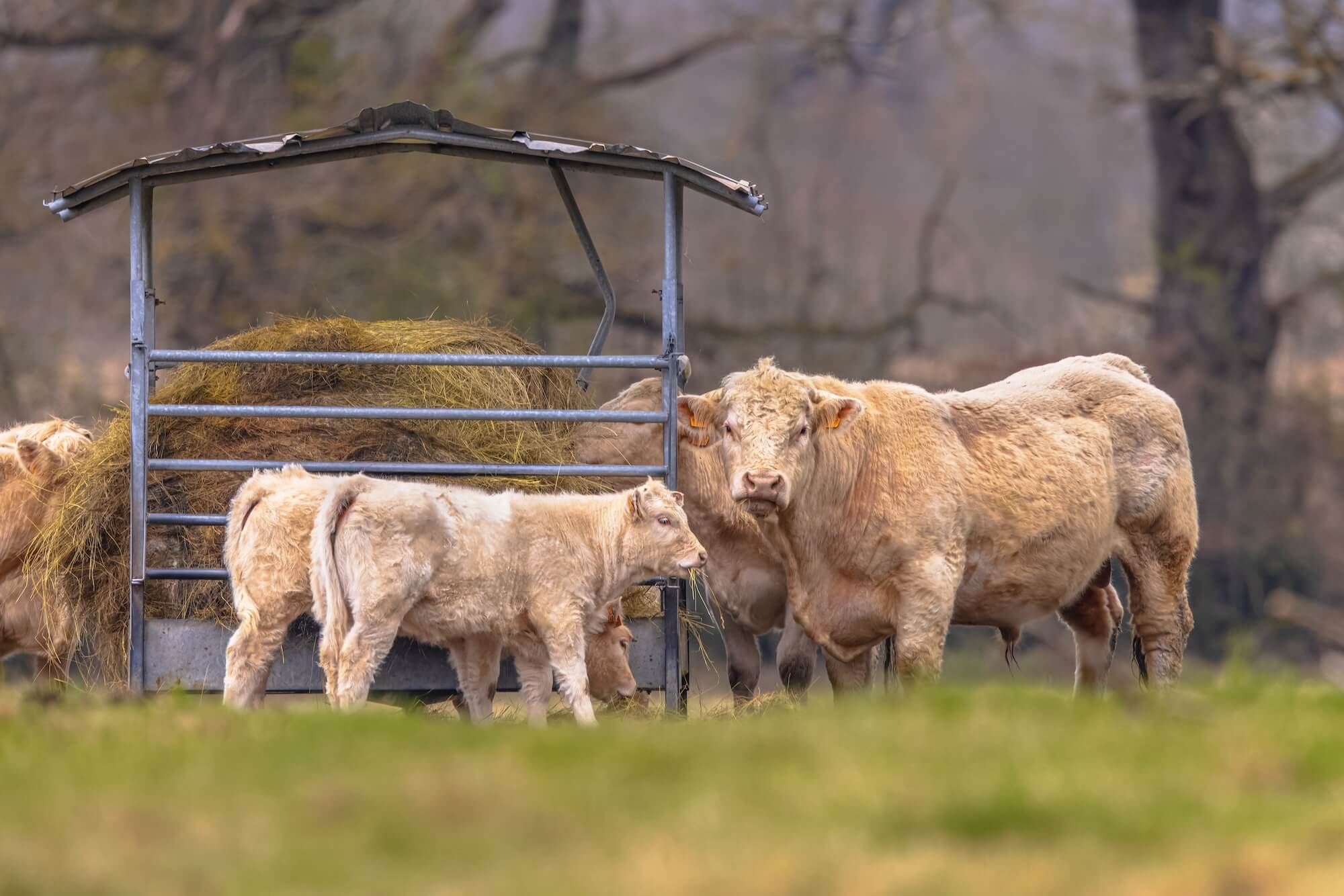
Cattle pedigree tracking is well-established in the industry, especially for beef and dairy breeds. Associations like the American Angus Association and the American Hereford Association provide tools and databases for registering and verifying lineage. Farmers typically use ear tags, tattoos, or RFID chips to identify animals. Important traits to track include birth weight, calving ease, milk production, and average daily gain. These data points are crucial for selecting replacement heifers or sires that will improve the herd over time.
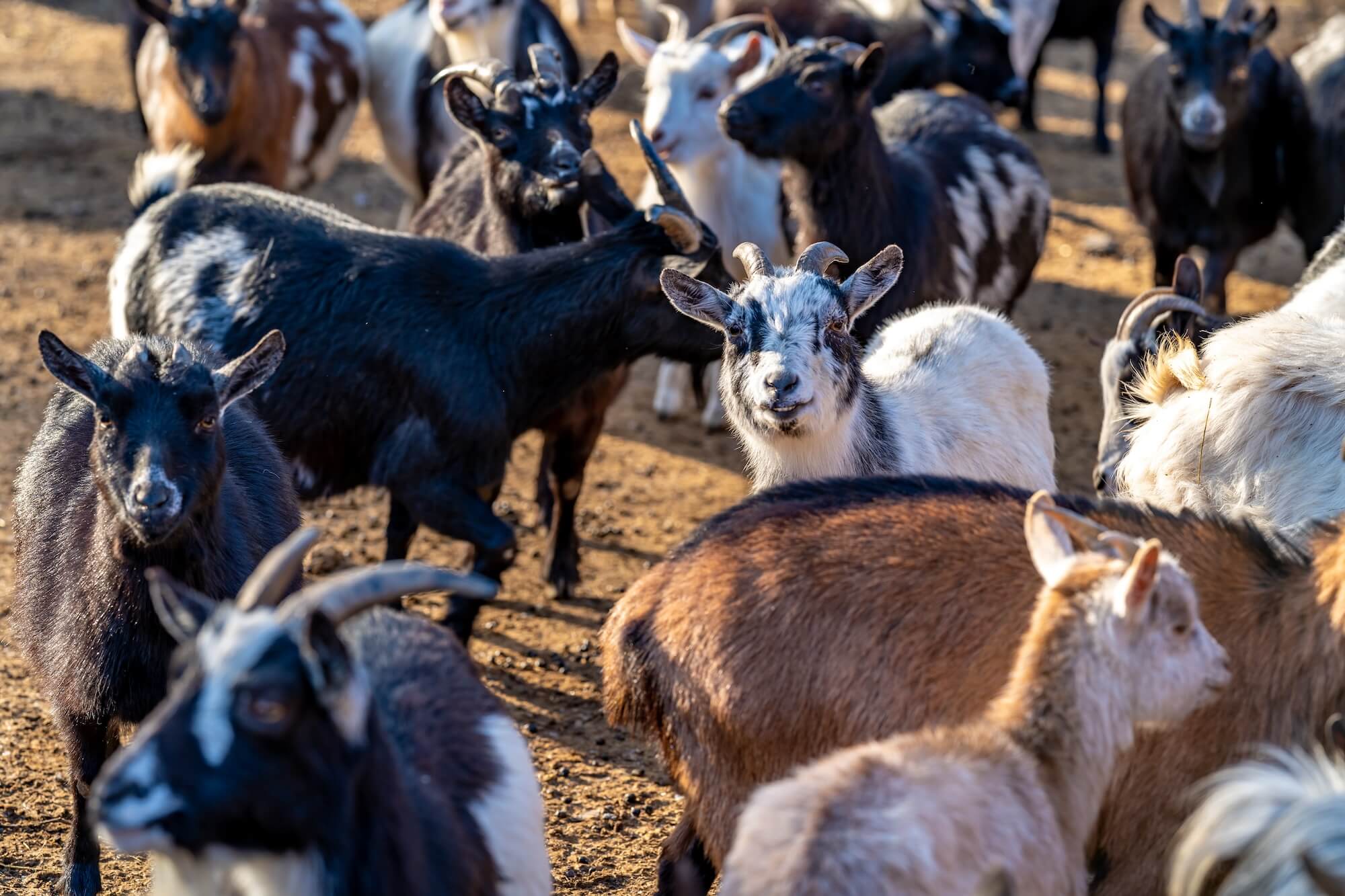
Goat and sheep breeders often work with organizations like the American Dairy Goat Association (ADGA) or the National Sheep Improvement Program (NSIP). These registries allow for formal pedigree tracking and provide performance metrics. In goats, desirable traits might include udder conformation, milk yield, and parasite resistance. In sheep, wool quality (like micron count), growth rates, and lambing ease are key considerations. Identification methods include ear tags, tattoos, or microchips.
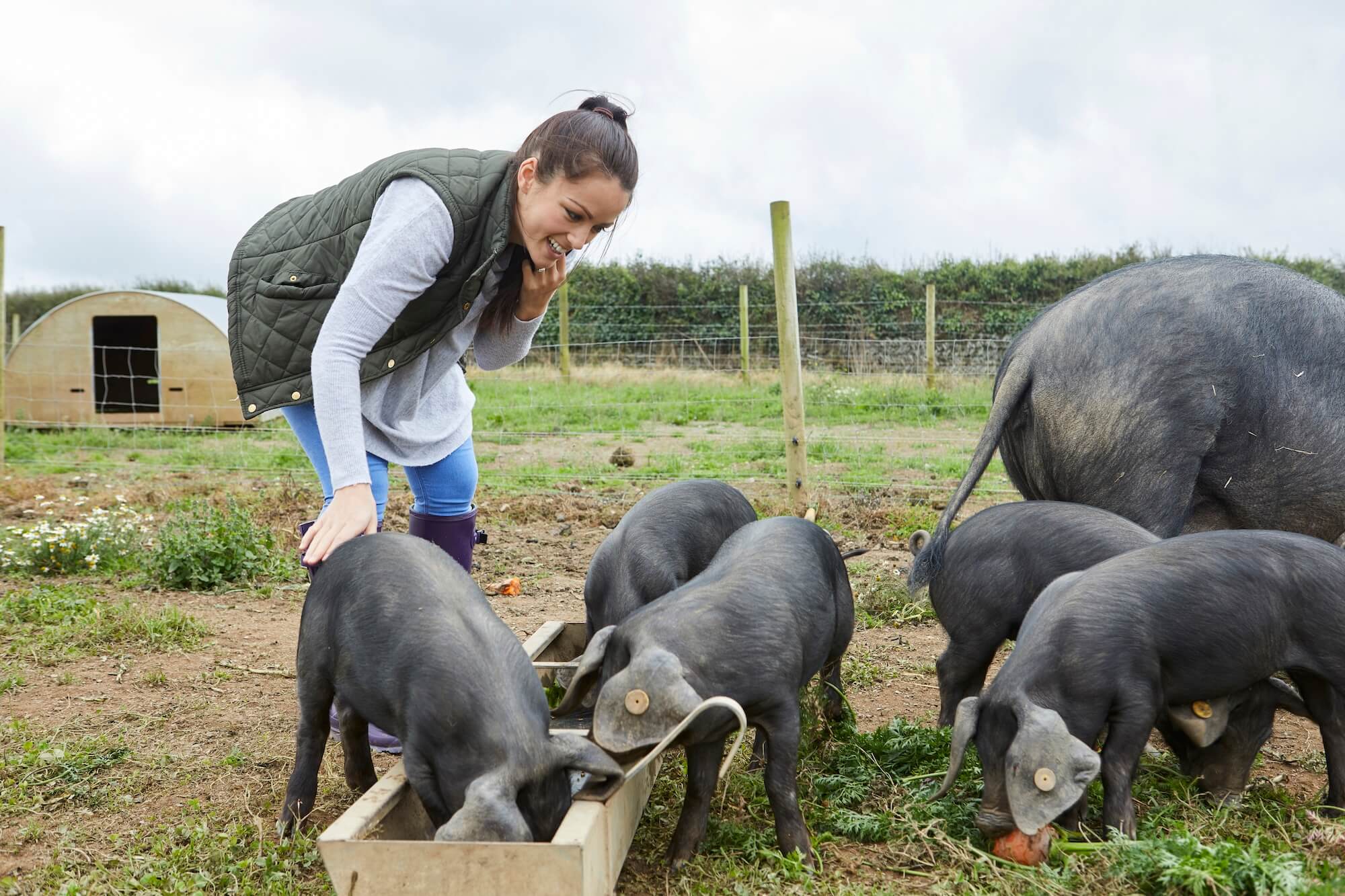
Pedigree tracking in pigs is common among breeders focusing on show lines or heritage breeds. Organizations like the National Swine Registry help maintain breed purity and performance records. Farmers track litter data, weight gain, feed conversion ratios, and meat quality characteristics. Pedigreed pigs are often more marketable and fetch premium prices, particularly when sold for exhibition or breeding stock.
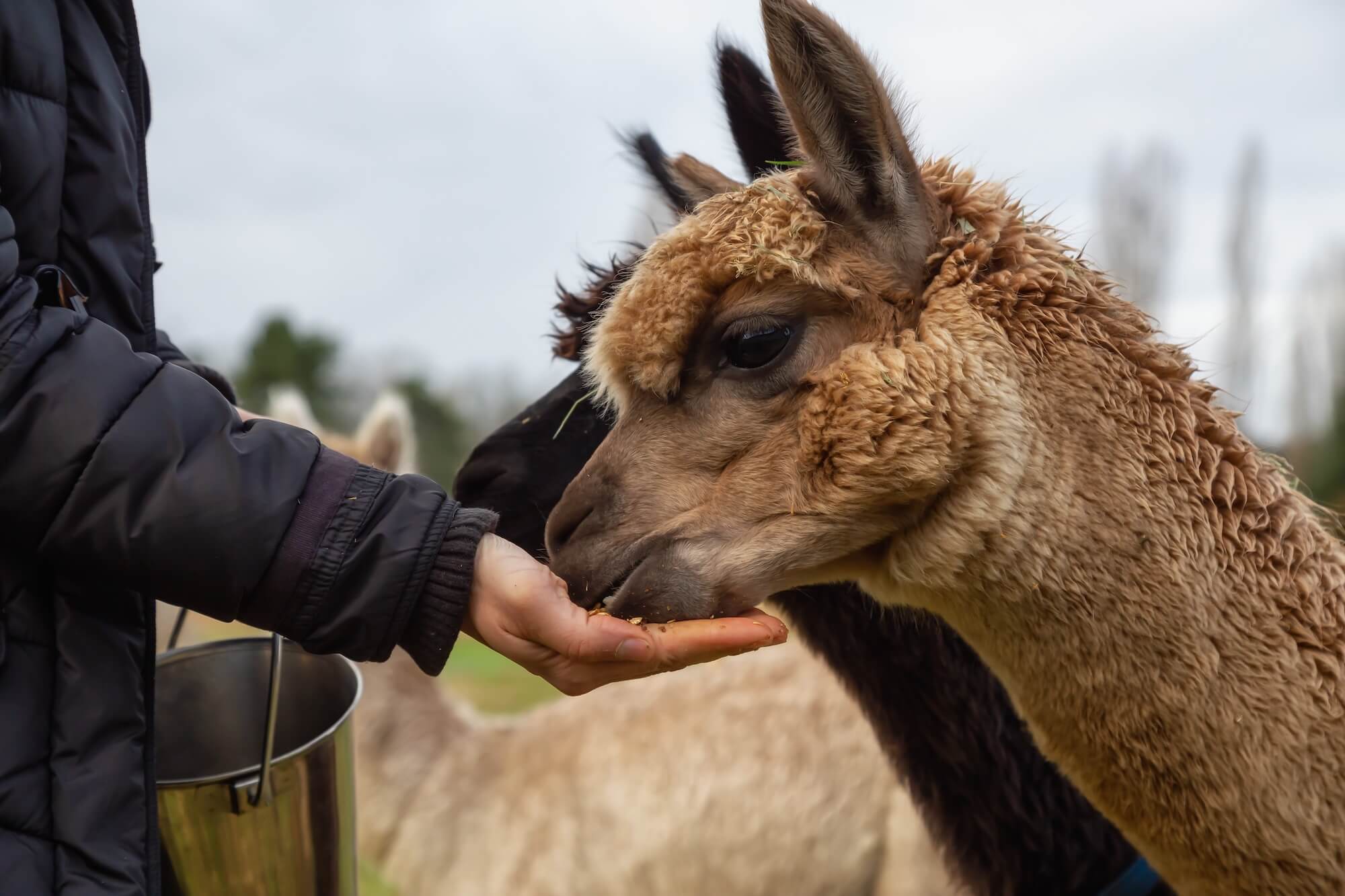
For camelids like alpacas and llamas, pedigree tracking is essential for fiber quality and show performance. The Alpaca Owners Association provides a registry where breeders can log lineage and genetic traits. Farmers track fleece quality, density, crimp, and color. In addition, tracking temperament and health history helps improve breeding outcomes.
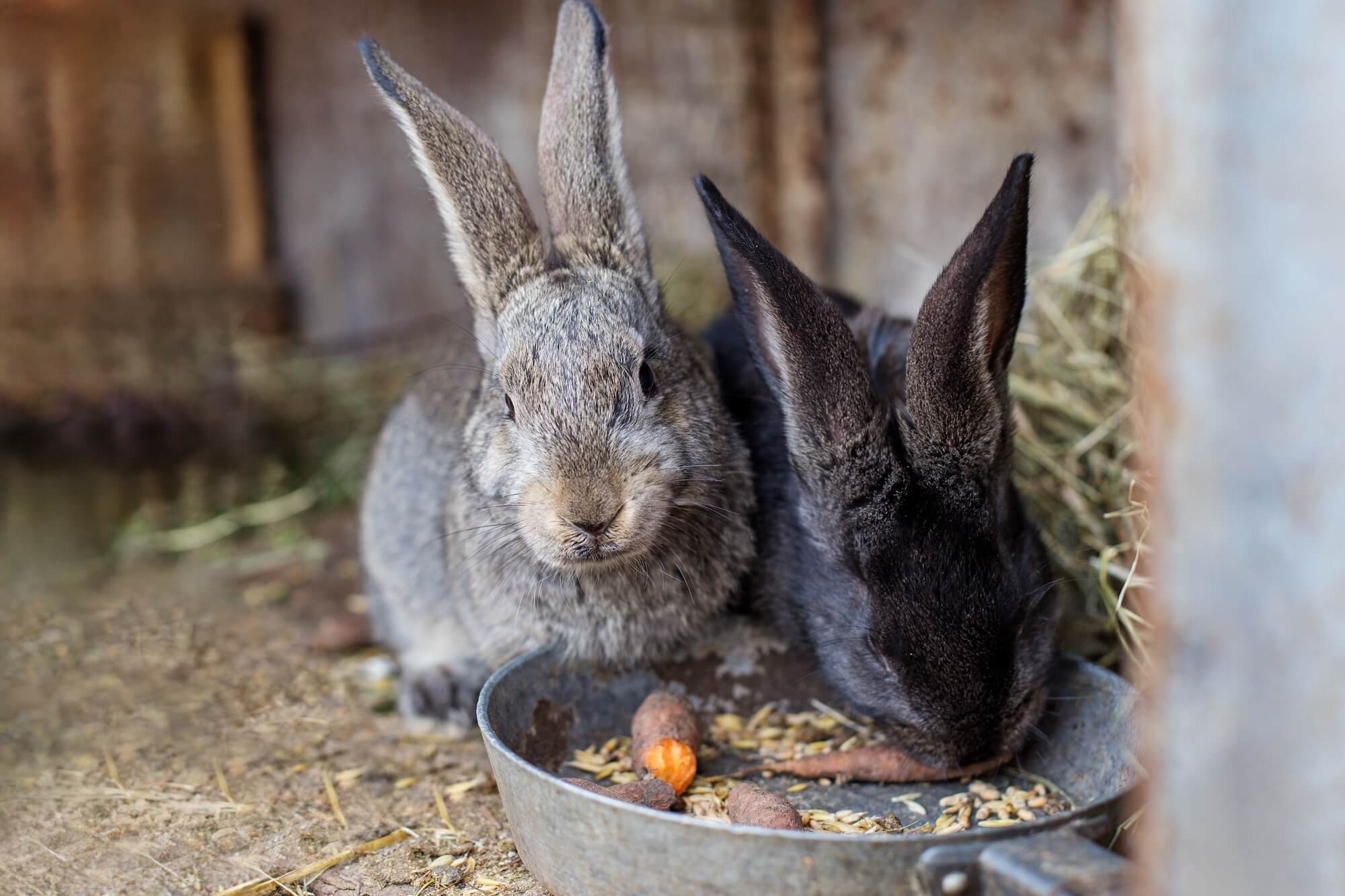
Rabbits are frequently bred for show, meat, or fur, and pedigree tracking is a common practice in 4-H clubs and small farms. Identification is typically done with ear tattoos. Breeders maintain pedigree cards or use digital tools to track breed standards, litter size, weight gain, and fur quality. This helps ensure genetic diversity and select for desirable traits over generations.
Non-mammalian species like poultry and waterfowl also benefit from pedigree tracking, although the process differs from mammals due to their reproductive habits and flock-based management.

While chickens lay eggs that are incubated and hatched in groups, it is still possible to track family lines by separating breeding pens and tagging chicks at hatch. Farmers use methods like toe punching, leg bands, or wing bands to identify individual birds. Traits to track include egg production rates, feather color and pattern, temperament, and disease resistance. Breed organizations such as the American Poultry Association and the National Poultry Improvement Plan support breeders with guidelines and record keeping resources.
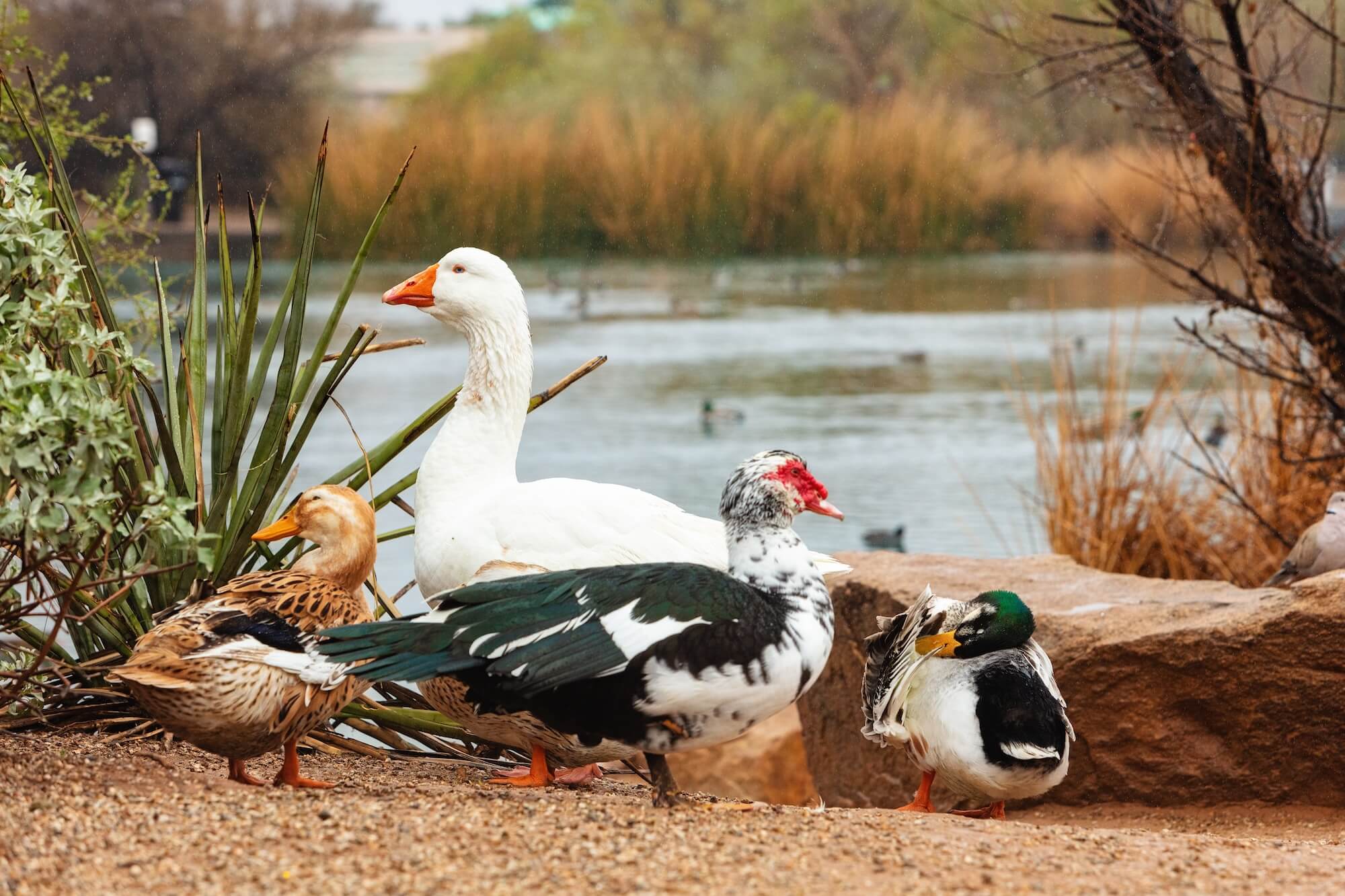
Waterfowl and turkeys can be tracked similarly to chickens, using leg bands and managed breeding groups. This is especially common in heritage breed preservation and show circuits. Farmers track traits like egg laying in ducks, growth rates, meat yield, and feather quality. While formal registries are less common, many breeders maintain internal spreadsheets or use apps like FarmKeep to manage records.
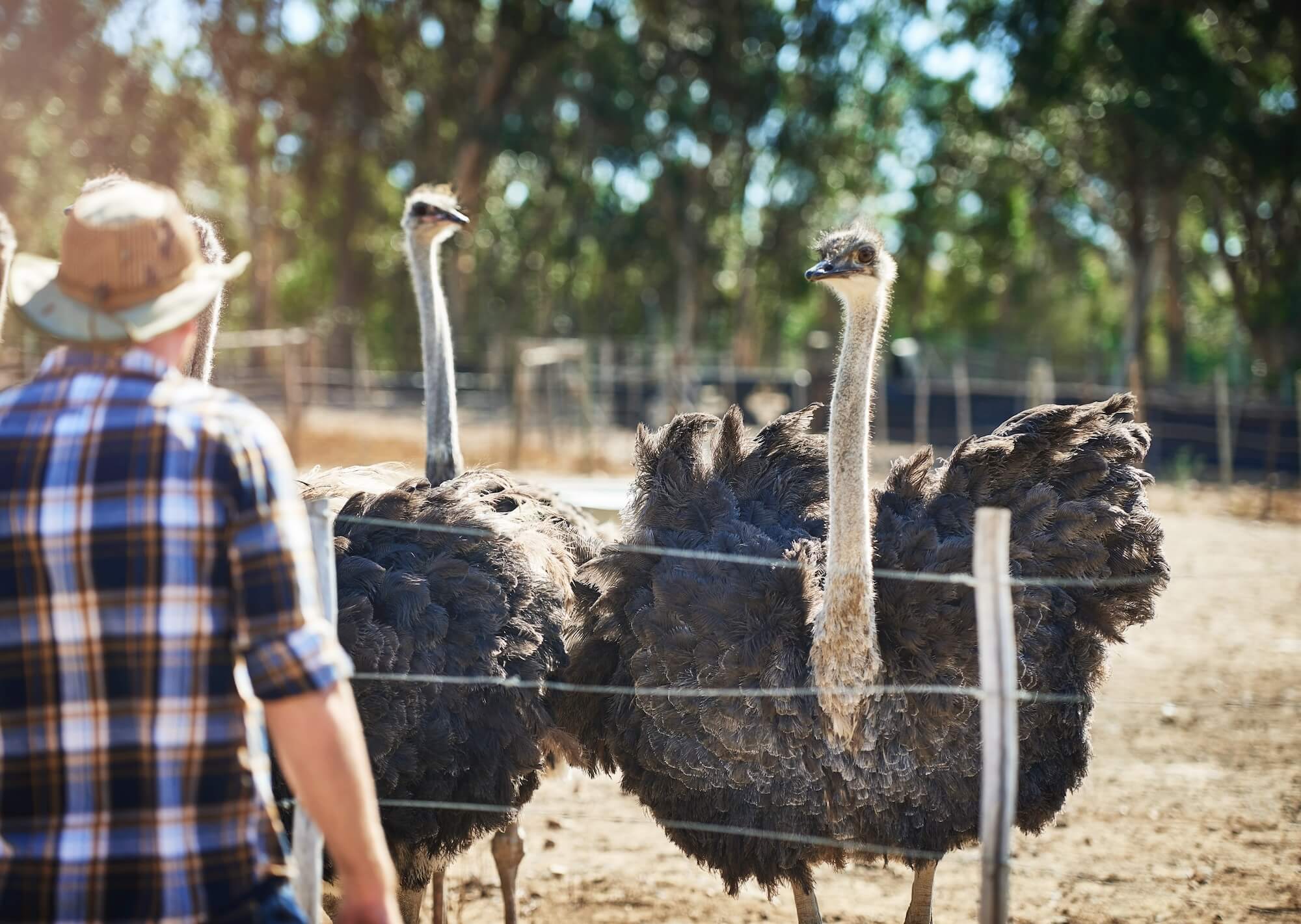
Large flightless birds like emus and ostriches are typically managed in breeding groups rather than with individual pairings. Identification methods include microchips, wing tags, and leg bands. Tracking pedigree in these birds focuses on fertility rates, hatch success, temperament, and commercial traits like meat yield and oil production. Due to their long maturation period, maintaining long-term records is especially important.
Every animal should be given a unique identifier at birth or purchase. This could be an ear tag for a goat, a microchip for a dog, or a leg band for a chicken. Consistent use of IDs ensures that lineage data remains accurate and easily traceable.
Depending on the size of your operation, you can use paper charts, spreadsheets, or specialized apps to track pedigrees. For small farms, a printed chart or notebook may suffice. Midsize farms often use Excel or Google Sheets. FarmKeep offers a digital solution that links animal profiles, breeding records, and health data in one place.
Critical data points include the names or IDs of the sire and dam, birthdates, breed, registration numbers, and performance traits. It's also useful to log litter sizes, weight at birth, health events, and even photos. The more complete your records, the more useful they become over time.
Pedigree information becomes more powerful when connected to other farm records. By linking weight data, health history, and production metrics, farmers can make informed decisions about which animals to keep, sell, or breed. FarmKeep allows users to integrate these data sets for comprehensive livestock management.
Tracking pedigrees offers a range of benefits, from better breeding outcomes to increased market value. By understanding family lines, farmers can avoid inbreeding and reinforce desirable traits. Pedigreed animals often sell for more because buyers can verify genetic quality and performance history. Pedigree records also help farmers improve specific traits over time, such as milk production or parasite resistance. For those participating in shows or breed registries, pedigrees are a requirement. Lastly, maintaining lineage records helps preserve the genetic diversity of rare or heritage breeds.
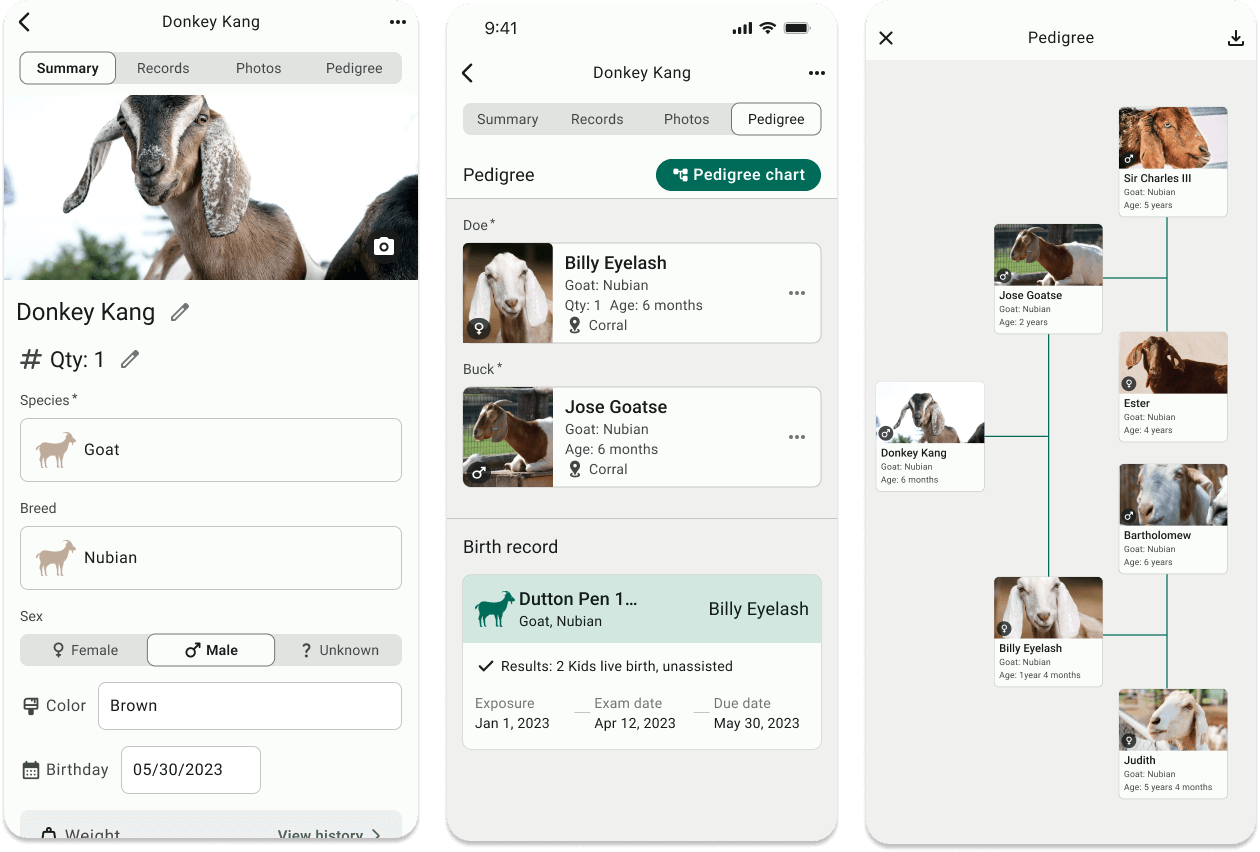
FarmKeep makes it easy to manage pedigree data alongside other important farm records. Users can build family trees by linking animals to their sires and dams in the animal profile. The app also allows farmers to track offspring performance, making it easier to refine breeding strategies. With everything stored in one accessible place, FarmKeep simplifies livestock management for farms of all sizes.
Pedigree tracking isn't just for big operations or show animals. It's a vital tool for improving livestock performance, making smarter breeding decisions, and preserving the health and legacy of your farm. Whether you're managing a flock of chickens or a herd of heritage pigs, good records lead to better results. Start tracking pedigrees today to future-proof your farm's genetic foundation. And if you're ready to simplify the process, give FarmKeep a try—your animals (and your future self) will thank you.